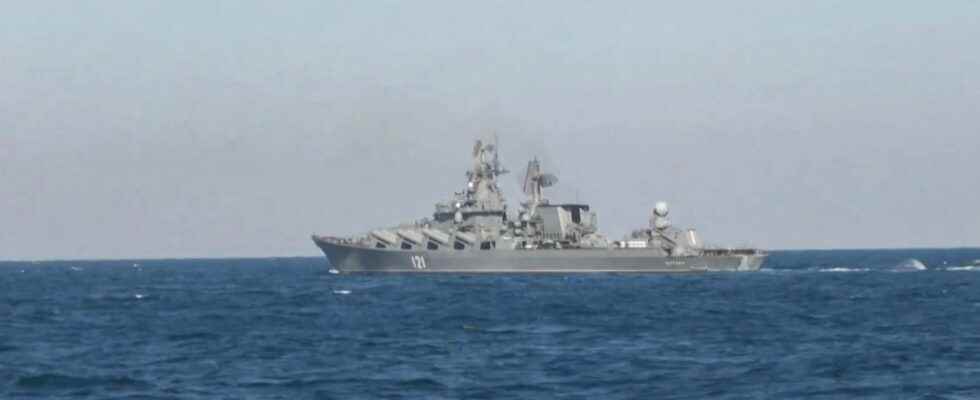In Ukraine, the Russian Black Sea Fleet was attacked on Saturday October 29 in the port of Sevastopol in Crimea, a territory under Russian occupation since 2014, by Ukrainian maritime drones. Machines of an absolutely new type, never used before in an offensive.
>> Follow the latest information on the war in Ukraine in our live
To attack several buildings of the Russian fleet, the Ukrainian army used surface drones entirely made by itself. We at least know the general design since one of these devices had run aground in perfect condition on the coast of Crimea at the end of September 2022 and had been able to be photographed. It is a small boat, four to five meters long, no more, and obviously stuffed with explosives.
***UPDATE***
Now beyond any reasonable doubt that the type of surface drones used by #Ukraine to attack Russian Navy in Sevastopol today were same as one previous found near the base. #OSINT
Reference https://t.co/vpJFzEniD6
And https://t.co/YWqnJzWTqc pic.twitter.com/bX0vZvC1Hk— HI Sutton (@CovertShores) October 29, 2022
A directed floating bomb – it’s not the first time such a weapon has been used in warfare but this surface drone is exceptional – very low on the water, which easily escapes radar. The drone, powered by hydrojets, is very fast. Its infrared sensors allow it to operate at night and its real-time guidance system is operated several hundred kilometers away. The damage inflicted on the Black Sea Fleet is not yet known, but it appears that at least one of the three Russian missile frigates in the area was hit.
This is not the first technical innovation that the Ukrainian army has been able to implement since the beginning of the conflict. Small technical innovations are legion. The most impressive is certainly the Gis Art Artillery artillery guidance system. This is an application that any soldier can load on his smartphone and which allows him to order artillery fire, depending on the batteries in his sector. It doesn’t look like much, but it’s very effective and above all ultra-fast. There may be only a few tens of seconds between a request for fire support on a target and its treatment by Ukrainian artillery based several kilometers away. With conventional military systems, the response time is counted in minutes, even in tens of minutes long enough for the target to change its place.
The Ukrainians have also succeeded in adapting certain systems. For example, they developed the Neptune coastal defense missile, based on an old Soviet-designed missile but improving the range and the guidance system, which enabled them to strike nearly a hundred kilometers from the coast. the Moskva, flagship of the Black Sea Fleet, in April 2022 and to sink it.
More recently, the Ukrainian MIG 29 and Sukhoi 27 fighter bombers, Soviet-designed aircraft capable of firing US Harm anti-radar missiles, have been seen with some success. At least one, perhaps two, Russian S400 surface-to-air batteries – the cream of Russian anti-aircraft weaponry – were destroyed by them.
